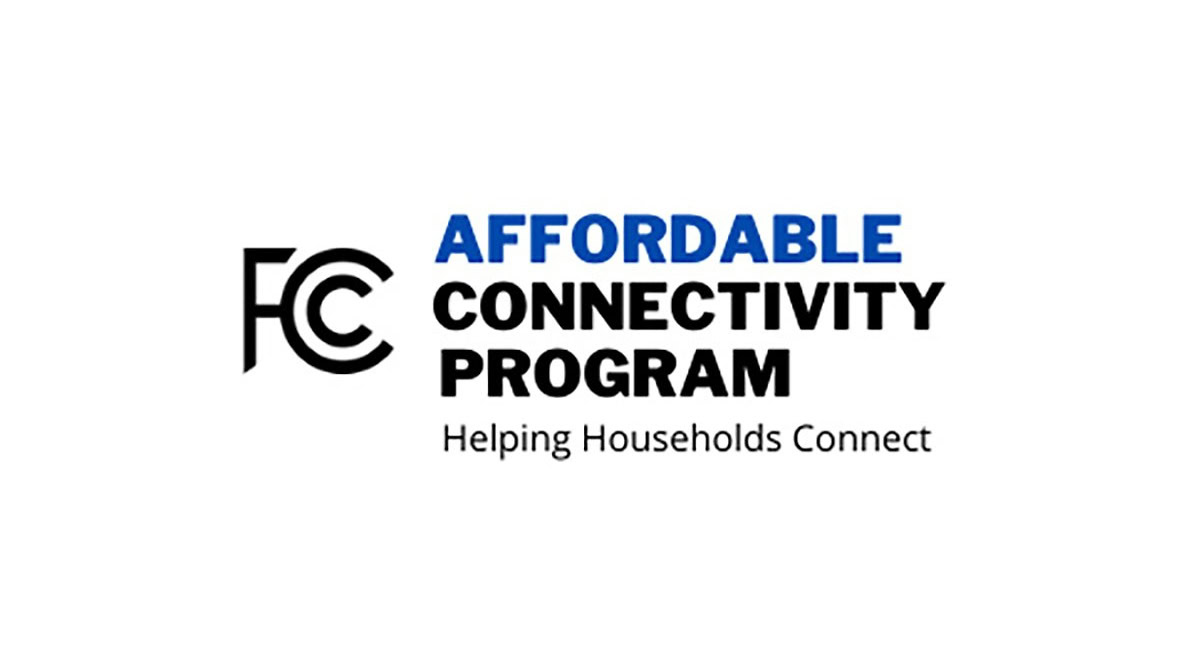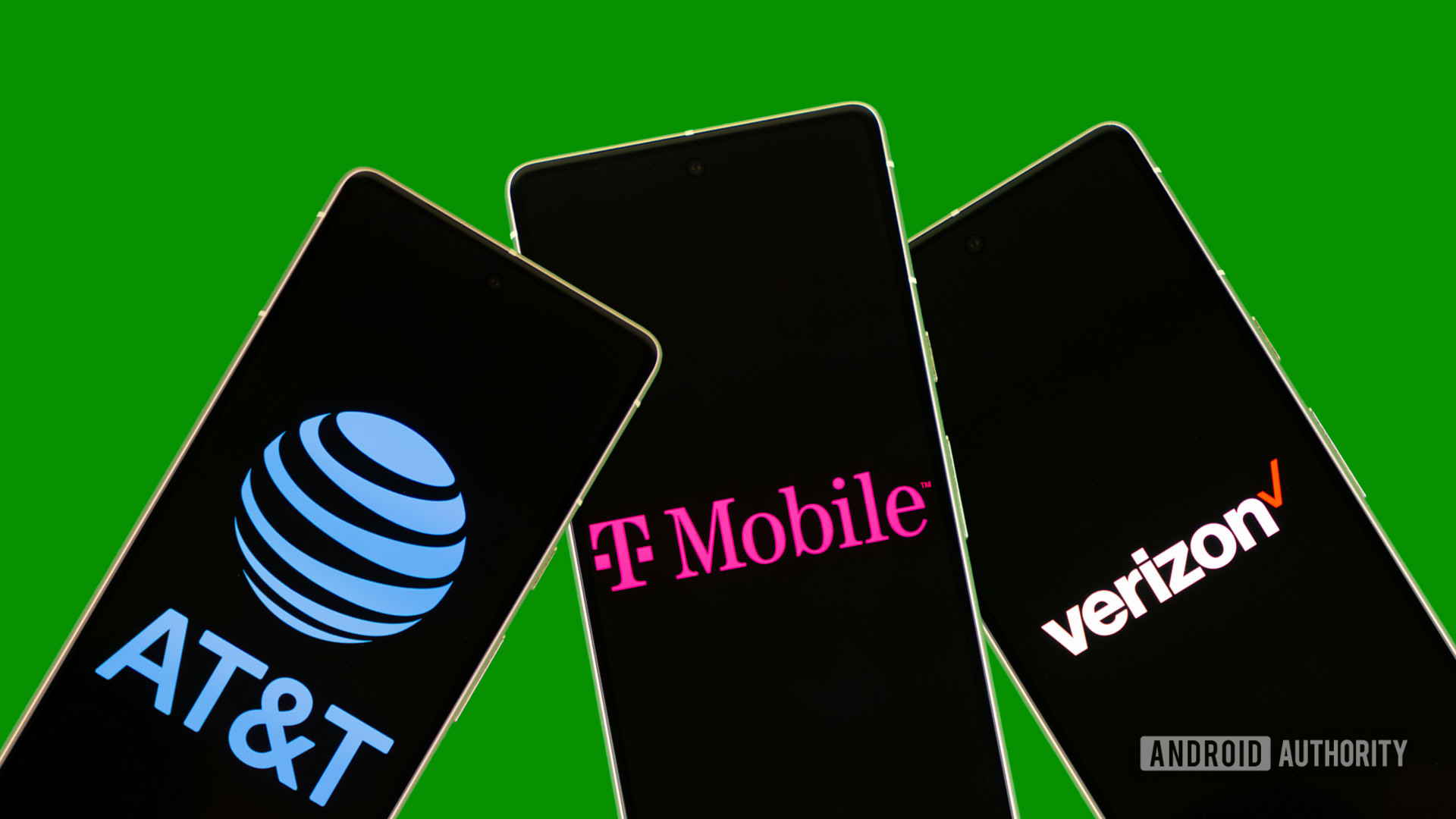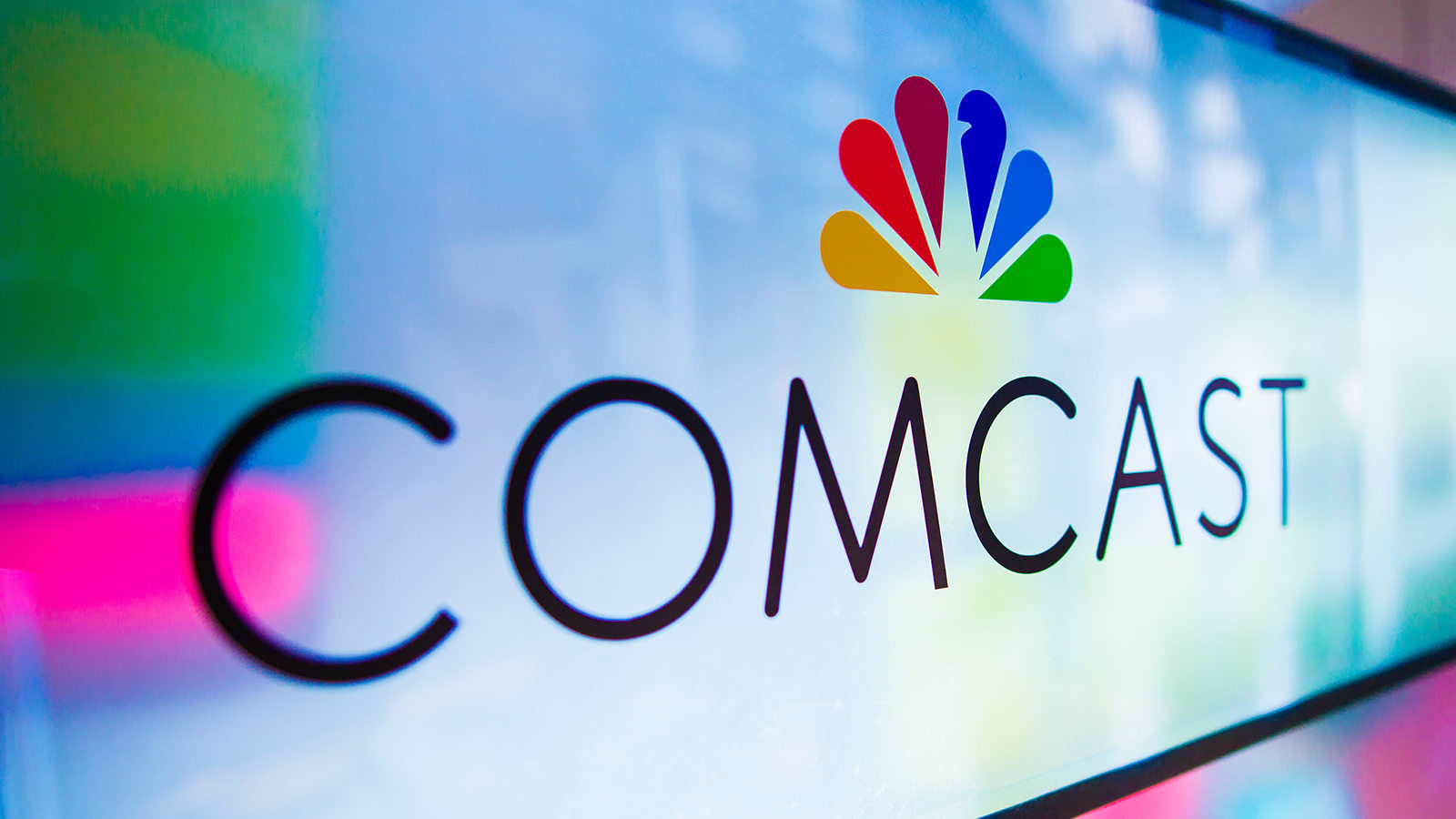Affiliate links on Android Authority may earn us a commission. Learn more.
ACP ending, what are your alternatives?
Published onMay 30, 2024

As expected, the Affordable Connectivity Program (ACP) did not secure funding by May 31, and the program is now officially over after today. This leaves over 20 million Americans facing significant choices. If you are among those affected, hopefully, you have already taken precautions by either switching to more affordable plans or finding alternative forms of assistance. Some of you may have been holding out hope that the FCC — or another entity — might once again intervene, as it did by partially covering costs for the month of May. Now that there is no hope left the program will continue, you may be wondering about the best alternatives to the ACP.
Sign up for Lifeline Assistance if you haven’t already
With ACP no longer available, Lifeline remains the only federally supported internet assistance service for low-income citizens. Although not as generous as ACP, Lifeline offers a monthly subsidy of $9.25 that can be applied towards broadband or phone services. There’s a possibility you are already enrolled in this program, as it was possible to have both ACP and Lifeline concurrently.
Lifeline is the only official government program left.
If you are not currently receiving any government assistance, you’ll need to have an income at or below 135 percent of the federal poverty guidelines to qualify. You automatically qualify for Lifeline if you apply and at least one person in your household participates in SNAP, Medicaid, SSI, FPHA, or the Veterans Pension and Survivors Benefit.
To apply for the program directly you’ll want to head to the Lifeline website.
Consider state and local resources
While many states simply direct their citizens to the Lifeline program to reduce ISP costs, there are notable exceptions. For instance, Oregon supplements its Lifeline program with state funds, offering a more substantial discount of $19.25 per month.
Beyond Oregon, states like California and Illinois provide resources to help residents find low-cost plans. These aren’t direct assistance programs; rather, they act as intermediaries, helping you find either a nonprofit program that offers assistance or ISPs that provide discounted services for lower-income customers.
Regrettably, many state websites are outdated; they still recommend signing up for the now-defunct ACP and fail to offer updated resources. Hopefully, state and local governments will soon adjust to the absence of ACP and update their resources.
Additionally, it’s worthwhile to explore local government programs in your city. For example, Chicago’s “Chicago Connected” program offers free internet to families enrolled in Chicago public schools or eligible city colleges.
There are a few independent, non-profit programs that might help
While there are a ton of resources out there that help you find a cheaper ISP, most of these are just resource hubs and don’t directly provide any programs of their own. Nonetheless, these can be helpful:
- The National Digital Inclusion Alliance (NDIA) has a lot of resources on internet policy, finding an affordable plan, and much more.
- United Way is a massive nonprofit aiming to close the poverty gap and open new opportunities for those in need. While it doesn’t directly provide an ISP assistance, your state chapter may be able to help you. For example, United Way of California helps qualifying low-income residents find a low-cost or even completely free ISP service.
- Internet for All Now is a nonprofit that helps Californians find low-cost plans in their area, linking residents with a trained expert.
- EveryoneOn is a nonprofit dedicated to ensuring everyone has access to the web. It even offers its own low-cost plan finder tool.
As far as non-profit assistance is concerned, you might not find many programs that will cut your monthly bill but there are options like Connect All, which provide refurbished computers to low-income families. This might not save you on your monthly bill, but it can help those who can’t afford a way to get online in the first place.
There are plenty of low-cost internet plans for those who qualify
For most Americans who can’t afford their current plan without the ACP discount, finding a cheaper ISP program is more likely than getting someone to reduce your current bill. The good news is that if you’re leaving your ISP due to the discontinuation of ACP assistance, you can switch providers or change plans without any penalties.
Many of these low-income internet plans have specific eligibility criteria, but several will automatically approve your application if you are part of a program like SNAP. Prices typically range from $10 to $30 per month, with most closer to the higher end of this spectrum.
For a more comprehensive list, you can visit the NDIA’s website. Please be aware some of the pricing and speeds advertised are no longer accurate as this has yet to be updated with the latest information. I did a little digging on my own at want to highlight a few of the most affordable options here to give you an idea of what kind of speeds or limitations might come with a low price tag. All of these plans are $15 per month or less:
- Comcast Xfinity Internet Essentials: Yes, this is an ISP with a pretty poor reputation but for this price, you get download speeds as high as 50Mbps, though exact speeds will depend on your city/region.
- Cox Connect Assist: This is one of two Cox plans that are worth highlighting. You get up to 100Mbps download speeds, a free wifi modem, and full installation at no charge. This plan is just $30 a month, though you’ll need to meet income requirements and be enrolled in at least one government assistance program such as Snap or Medicaid. Have at least one student in K-12? You can qualify for Connect2Compete, which offers the same benefits for just $10 a month.
- Human-I-T: This is actually a nonprofit internet provider that is dedicated to providing qualifying low-income individuals with unlimited LTE internet access for just $15 a month. Actual speeds will depend on your position relative to the tower and many other factors, though based on user reports I found online speeds may vary from as little as 1.5Mbps to 40Mbps+.
- Starry Connect: This plan is designed for those living in public or affordable housing communities and provides speeds of up to 30Mbps for just $15 a month. Unfortunately, those with low income who don’t live in official affordable/public housing will not qualify.
That’s just a look at the four cheapest options on the list, though you’ll find plans offered by Spectrum, AT&T, and others for around $30 a month with internet speeds that will typically range from 50-150Mbps. There are some exceptions such as the Google Fiber 300 Meg Plan, which gives 300Mbps for just $30 a month in qualifying regions.
What about discounted mobile phone service?

While Lifeline can be applied towards both traditional ISPs and carriers, most of the resources or plans mentioned above are for traditional ISPs. If you were using ACP for discounted cellular service, your best move would be to contact your current carrier to inquire about low-income discounts or potential plan changes. Some carriers may offer temporary discounts if you discuss your financial constraints with customer service and indicate that you may have to switch providers. These are typically referred to as loyalty discounts but are essentially “please don’t leave us” discounts, to be frank.
For those in the military or engaged in educational roles, substantial military, and education discounts are often available from some carriers. Alternatively, if the major postpaid options are no longer affordable, consider switching to a more budget-friendly carrier.
If you can’t afford the Big Three anymore, we highly recommend considering Google Fi, Visible, Mint, or Cricket. These are reliable and trustworthy prepaid options that offer significant savings without major sacrifices in service quality.
